 Recycling has become a part of our everyday lives over the past few decades as our society strives to be more thoughtful stewards of our planet. However, the most effective way to lower our footprint is to reuse what we already have! Years ago it dawned on us as we were lovingly restoring our antiques that by salvaging these items we were bringing back to life beautiful, usable pieces of furniture. If we had let these treasures fall into a landfill, trees would have been cut down to create new ones. All of the items we restore took energy and resources to create. By making our pieces available through skilled restoration and preservation, antique dealers prevent the consumption of additional resources needed to recreate them. We are the original green business!
Recycling has become a part of our everyday lives over the past few decades as our society strives to be more thoughtful stewards of our planet. However, the most effective way to lower our footprint is to reuse what we already have! Years ago it dawned on us as we were lovingly restoring our antiques that by salvaging these items we were bringing back to life beautiful, usable pieces of furniture. If we had let these treasures fall into a landfill, trees would have been cut down to create new ones. All of the items we restore took energy and resources to create. By making our pieces available through skilled restoration and preservation, antique dealers prevent the consumption of additional resources needed to recreate them. We are the original green business!
Continue reading “Antique Dealers Are the Original Green Businesses” »


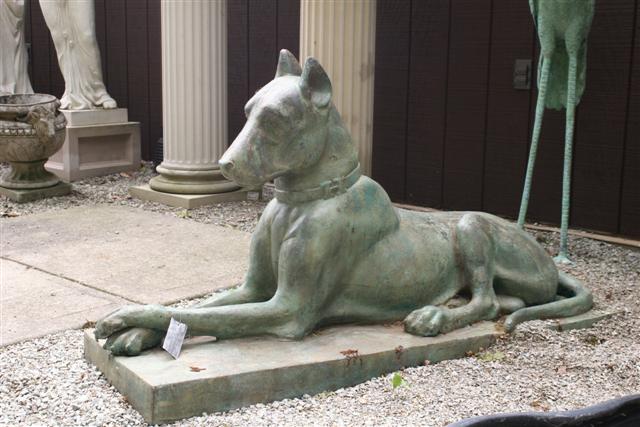
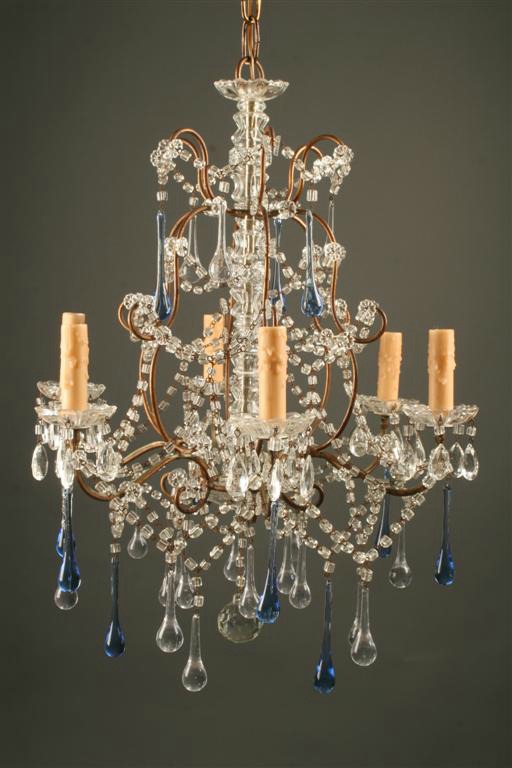
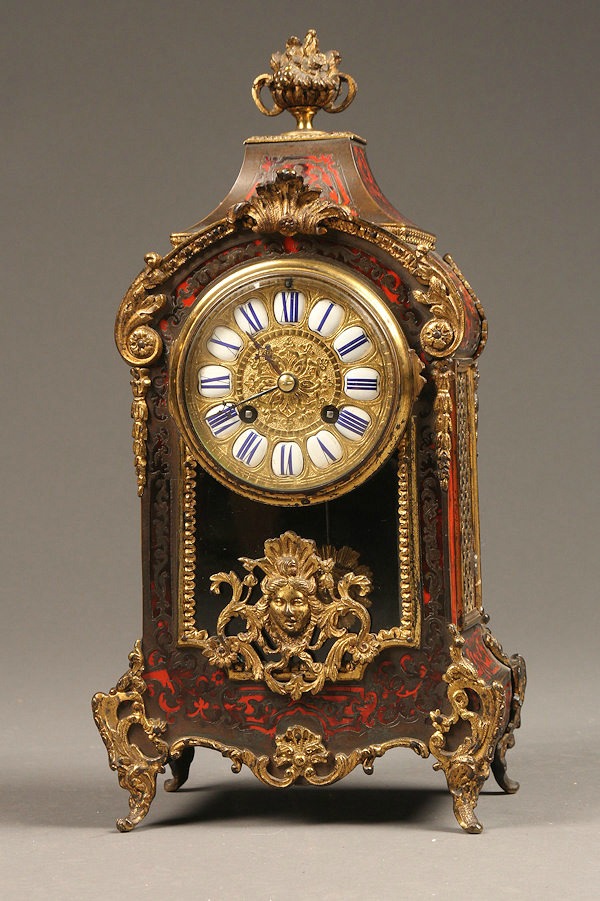
 This particularly beautiful piece is a late 19th century French Louis XV Style commode. Circa 1890, it is made with a mixture of exotic woods—rosewood, mahogany, satinwood, and tulipwood. The bronze adornments are referred to as ormolu because they are so ornate, and include the mounts, pulls, escutcheon and feet. Deep red Royal Rouge marble, which was highly popular at this time, sits on the top.
This particularly beautiful piece is a late 19th century French Louis XV Style commode. Circa 1890, it is made with a mixture of exotic woods—rosewood, mahogany, satinwood, and tulipwood. The bronze adornments are referred to as ormolu because they are so ornate, and include the mounts, pulls, escutcheon and feet. Deep red Royal Rouge marble, which was highly popular at this time, sits on the top.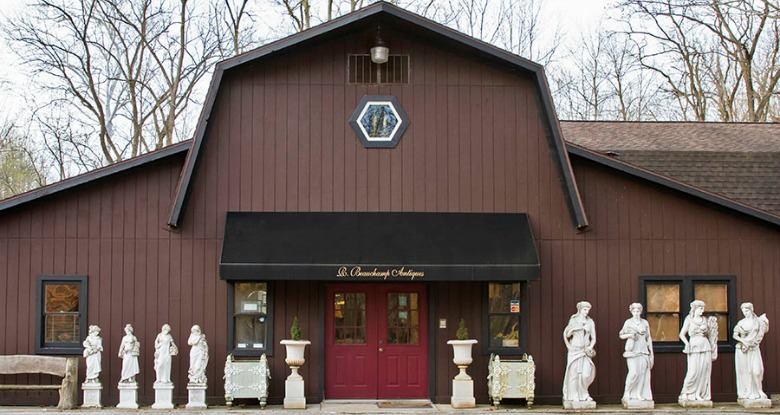

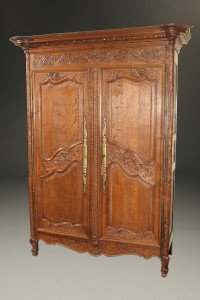 Very popular during the 18th and early 19th century, this piece is an example of a Louis XV Style Country French Armoire De Mariage. Circa 1820, it is made out of oak, and includes hand-made brass hinges and escutcheons. The construction is hand-pegged mortis and tenon joinery. Baskets of flowers adorn the cornice and center door panels, with a cornucopia of flowers on the top door panel. The carved acanthus leaves that decorate the top rim of the cornice are a nod to this popular motif in Greek and Roman architecture. Scrolled cabriolet legs support the piece.
Very popular during the 18th and early 19th century, this piece is an example of a Louis XV Style Country French Armoire De Mariage. Circa 1820, it is made out of oak, and includes hand-made brass hinges and escutcheons. The construction is hand-pegged mortis and tenon joinery. Baskets of flowers adorn the cornice and center door panels, with a cornucopia of flowers on the top door panel. The carved acanthus leaves that decorate the top rim of the cornice are a nod to this popular motif in Greek and Roman architecture. Scrolled cabriolet legs support the piece. An exceptional example of a “Comtoise” or “Morbier” Tall Case clock, this piece features a pine case hand-painted with a faux-grain made to look like light rosewood. The case was then hand-stenciled for additional decoration. The dial and pendulum were created through the repose technique, where brass sheets are hand-hammered or pressed into molds to create the intricate decorative details. The dial is enameled and includes a 31-day calendar and calendar hand. The clock chimes upon the hour, repeating 2 minutes later in case you missed counting the first chime sequence.
An exceptional example of a “Comtoise” or “Morbier” Tall Case clock, this piece features a pine case hand-painted with a faux-grain made to look like light rosewood. The case was then hand-stenciled for additional decoration. The dial and pendulum were created through the repose technique, where brass sheets are hand-hammered or pressed into molds to create the intricate decorative details. The dial is enameled and includes a 31-day calendar and calendar hand. The clock chimes upon the hour, repeating 2 minutes later in case you missed counting the first chime sequence.